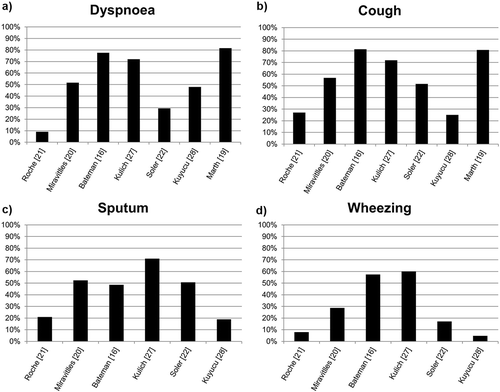Figures & data
Table 1. Tools to measure morning symptoms.
Table 2. Outcomes of morning symptoms questionnaires.
Table 3. Effects of inhaled medication on morning symptoms.




